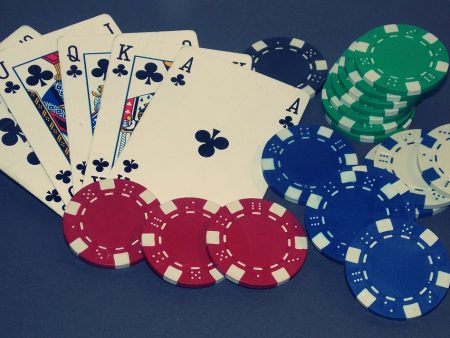

Side pots develop the stock for players as they are entitled to win only a certain amount from every player that calls them. Any wager surpassing the maximum amount automatically takes place in a different pot. Everyone completes the separate pot leaving out the player who chipped all-in.
Read on to understand the same in detail.
Side Pots Explained
The side pot amount relies on the wager amounts or the available amount of chips for players. It does not depend on percentages.
Every time a player calls, the main pot takes in the amount of the all-in player with the smallest stack. In case there is only one side spot, it will consist of the rest of the amount. Multiple side pots will have distributed amounts according to the availability of each player.
The primary criterium is that a player can be all-in when there is a player more in hand. Alternatively, at least two of the players at a table should match the number of chips. There will be a maximum amount of side pots with a number below the number of all-in players, plus the main pot.
This is the scenario when all players have different amounts of chips. In the case of players with a similar amount of chips, each occurrence will have one less side pot.
Understanding Via An Example
Consider a scenario where A with $100 goes all-in. The rest of the players – B with $75, C with $50, D with $25, and E with $125 – call. A is all-in through D. There is a total of 3 side pots, plus the main pot.
Now, all players can win the money in the main pot with $125, taking $25 from every player.
The first side pot contains $25 each from A, B, C, and E, making $100. Each of them will be able to win this amount. If any of these four players win without defeating D, D wins the main pot and the $100.
The second side pot contains $25 each from A, B, and E, making a total of $75. Three of them can win this pot. Winning this pot will be a separate deal from the other pots.
The third side pot contains $25 each from A and E, making a total of $50, and only they can win this pot. Winning this pot is also separate from the other pots.
Therefore, you can say that B, C, and D have $75. Hence, the main pot contains $375 with $75 from the five players. This will leave only one side pot for A and E with $50.
The bottom line is that a player can win a side pot but lose the main pot. Same hand players in a side pot competition shall split the pot equally.







